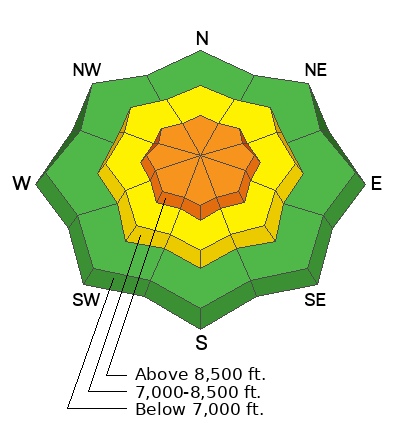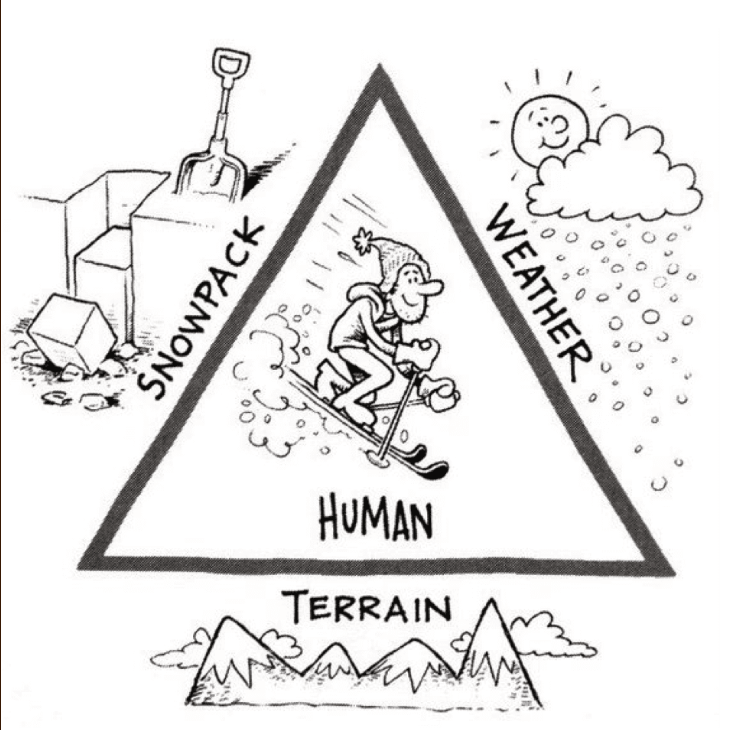Forecast for the Ogden Area Mountains

Issued by Dave Kelly on
Sunday morning, March 31, 2024
Sunday morning, March 31, 2024
Today, the avalanche danger is CONSIDERABLE in upper elevation terrain where humans are likely to trigger wind-drifted snow avalanches. The avalanche danger is MODERATE in mid elevation terrain and LOW in lower elevation terrain where it will still be possible to trigger avalanches failing within new or wind-drifted snow.
Today, use careful snowpack evaluation and cautious route finding when you are near or approaching exposed ridge-tops or areas where strong winds have transported new snow. Avalanches travel in packs, so if you see signs of instability, it is time to back off and choose lower angle terrain.

Low
Moderate
Considerable
High
Extreme
Learn how to read the forecast here






